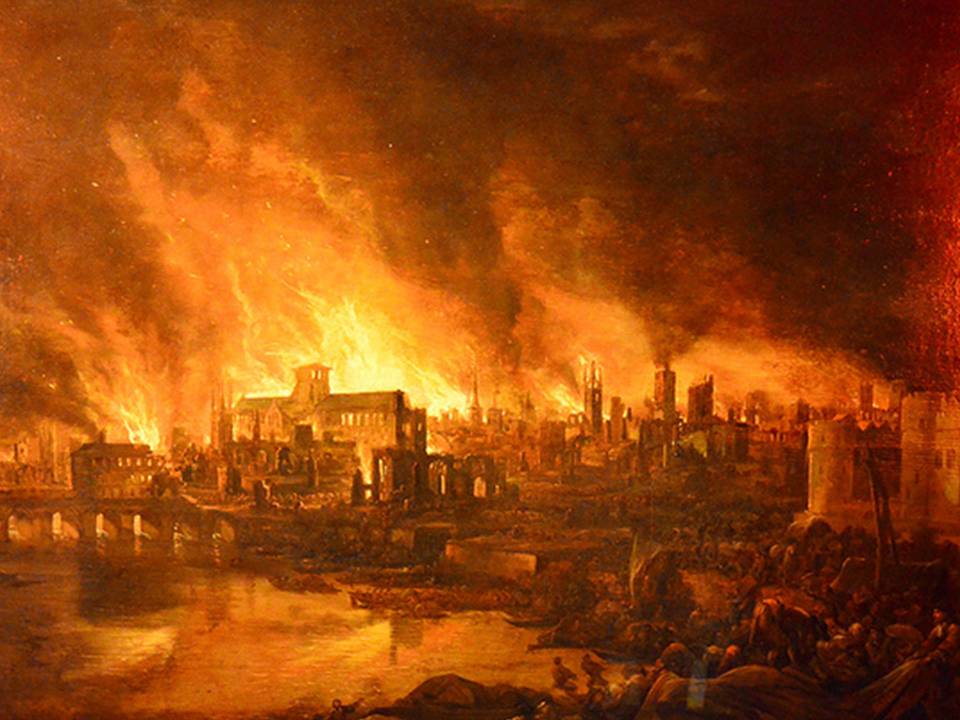London tragedy: a tryst with history
June 15, 2017 | Expert Insights

For keen followers of history, the tragic fire that engulfed Grenfell Tower resulting in the death of at least 12 people in London on 14th June, 2017, will remind the devastating‘Great London Fire’ in 1666.
The Great London Fire
At the dawn of 2ndSeptember 1666, fire broke out in the bakery of Thomas Farriner at Pudding Lane in London that forever changed the course of the city’s history. The fire, that quickly spread, raged on for three days and as a result burnt down 13,200 homes, 87 Parish churches and the historic St Paul’s Cathedral.
At the time London was still recouping from the effects of the Great Plague which had afflicted the city a year back. One of the reasons for the fire to have then spread so quickly was that, the only way to combat fire was by demolishing buildings to cause fire breaks. However, there was delay in taking such a decision by Sir Thomas Bloodworth, the Lord Mayor of London.
Even though the loss of life was low with only six reported deaths, the fire essentially crippled Britain’s economy. The monetary loss was estimated to be £10 million (over £1 billion in 2005 pounds). This was especially devastating taking into account that London’s annual income was only £12 million.
Sir Christopher Wren, one of the most highly acclaimed English architects of the time was entrusted with the task of re-building London. Today, the monument erected in Pudding Lane to commemorate the tragic day has become a beloved reminder of London’s impregnable spirit.
Assessment
It was philosopher, George Santayana who once said, “Those who do not remember the past are condemned to repeat it”. And it couldn’t be truer in the case of the Grenfell Tower tragedy. Akin to Lord Thomas Bloodworth’s indecisiveness, reports have emerged that the Kensington and Chelsea Council repeatedly chose to ignore the complaints made by the residents of the tower about the dangers that it posed to their safety.








Comments